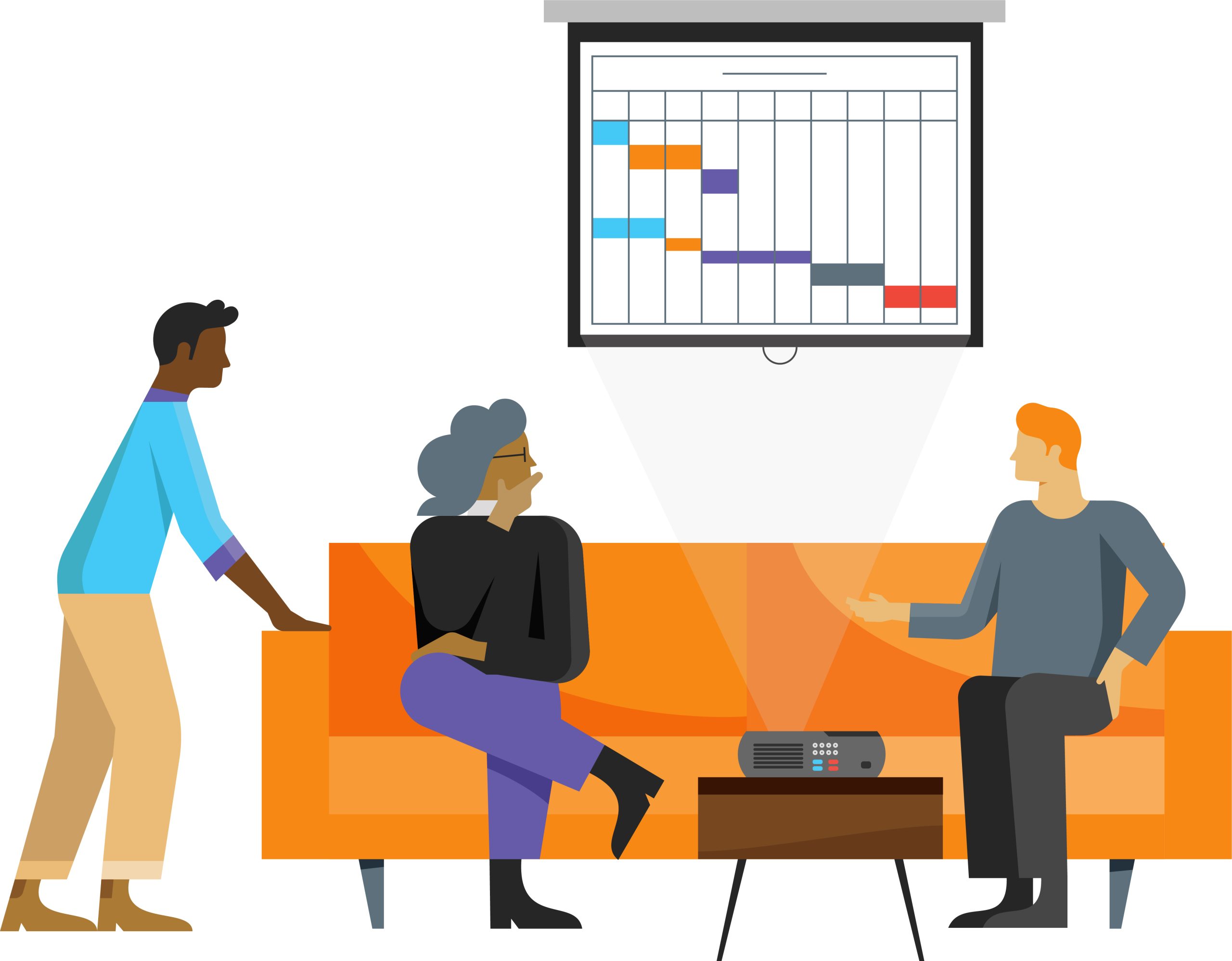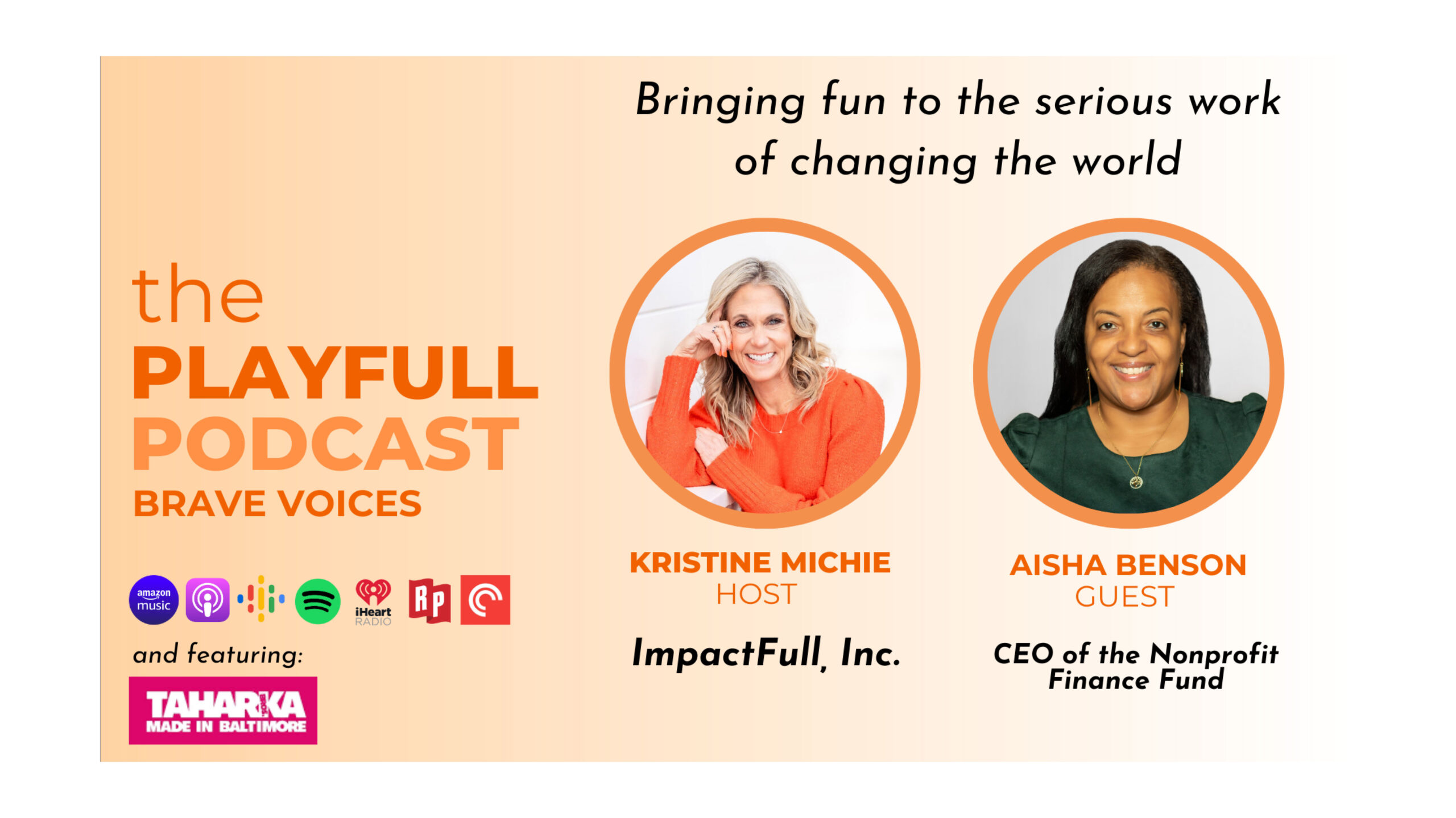As technology continues to rapidly evolve, digital humanities organizations have been at the forefront of innovation in the humanities. They use technology to improve education and scholarship. And they find new ways to preserve stories, voices, and digital creations.
In June 2020, NFF kicked off a project to support a cohort of digital humanities organizations by deepening and strengthening their financial resilience and adaptability. With more people operating in digital spaces than ever before, the work of digital humanities organizations is crucial for developing, preserving, and sharing cultural artifacts, representations, and scholarly work for generations to come.
Following is an interview with Zachary Kaplan, executive director of Rhizome, about the unique dynamics that digital humanities organizations face – and how a change capital grant has catalyzed opportunities for growth.
Digital humanities is a broad term and field – how do you define it?
Digital humanities is such a rich field because it encompasses everything from digitization of analog things to work with native digital artifacts and tools, and so much more. At Rhizome, we focus on born-digital art and culture. What’s exciting about the digital humanities is its potential for accessibility; people already understand a broad swath of the field from everyday interactions with computers and screens and devices.
In your own words, can you share a little bit about what your organization and what it does?
Rhizome was founded in 1996 by an artist named Mark Tribe. It began as a listserv: a message-based communications channel for some of the first artists putting their work online. Rhizome’s listserv hosted some of the first critical contextual conversations about the interplay between art, the internet, and new media. Interest and momentum built around the community, and Rhizome quickly evolved into something more substantial with in-person events and exhibitions.
Initially, Mark brought in venture capital to support this cultural hub for artists, but that fell apart when the dot-com bubble burst in the late 1990s. To ensure its survival, Rhizome then became a 501(c)3 with a mission to support new media art, and partnered with the New Museum, an institution that shared Rhizome’s interest in digital art. In 1999, Rhizome launched an open-access archive of born digital art known as the ArtBase that anyone could contribute to. Between then and 2009, this archive collected more than 2,300 works. This archive would eventually lead the organization to creating its own digital preservation tools to support its access.
Today our mission is to champion digital art and culture through commissions, exhibitions, scholarship, and digital preservation. Our exhibitions are primarily online, but we also host offline exhibitions and steward open-source digital preservation tools that support our archive and bespoke work.
Can you tell us a story that shows us how your work impacted a person, organization, or community?
Net Art Anthology is a key project for me. This was a multi-year online/offline exhibit designed to narrate a history of people using the internet for art. In it, we researched and restored access to one hundred works, made available one by one on a weekly basis. At the end, we presented a touring gallery exhibition of 18 characteristic works. The project leveraged digital preservation research and tools built in-house, but also other analog materials to best showcase net art. I love this project because it not only helped define a field, but also directly served artists – both those in the Anthology but also anyone else making digital art as we modeled some best practices for stewarding and showcasing born-digital artifacts, online and offline.
What are some of the unique challenges that digital humanities organizations face compared to other humanities and culture organizations?
The meta issue is that you’re constantly making a claim for what you’re doing and why it exists. Why care about digital things? Aren’t they permanent, or aren’t they inherently ephemeral? In a generation or so, things will finally just be digital. Digital humanities will be humanities. Today, we’re still “odd ducks.”
There’s also a bias in technology towards new things, towards an endless progress that does not gel with the needs of digital humanities: maintaining access to what already exists. This is especially hard for galleries, libraries, archives, and museums, as maintenance of digital tools and collections is not often prioritized among funders and hard to get regular donors excited about.
On the technology infrastructure side, the digital humanities field has a tendency towards consolidation – for good and bad. Pairing with the New Museum was a consolidation that really saved us, and there are more institutions that could probably be thinking about the way they partner to have these kinds of strong lifelines. But then there’s also consolidation where everyone’s using the same tools even if they’re not well-served by them, such as a subscription-based tool that isn’t accessible or doesn’t offer flexibility.
And then there’s also the general nonprofit stuff that all of us are struggling with, like what is the full cost of our work? And is anyone really willing to support that? Nonprofits are still locked into giving formats and reporting formats that make flexibility a question, if not a challenge.
Starting in June of 2020, our team at NFF got to work with you on strategic financial management. Can you share a little bit about your experience diving into your organization’s finances and looking more closely at Rhizome’s business model?
Nothing was really surprising, per se, because we have access to Rhizome’s financial picture and a certain base of knowledge. We came in with inklings of what our deficiencies were, which were development pipeline issues where we just didn’t have capacity. But diving in allowed us to understand our actual income (and cushion) on a retroactive basis, and where our weaknesses were.
I did this with a colleague who is not privy to Rhizome’s finances in the same way I am. This was really helpful because now there is a second person at the organization who has the tools to talk about our financial picture. My transparency in sharing the organization’s financial health with senior colleagues created a more cohesive understanding and prepped me for ways to narrate our financial picture to board colleagues, peers, and funders.
What are your plans for the change capital grant that you received from The Andrew W. Mellon Foundation?
We framed the grant request as a way to support both financial infrastructure and community infrastructure; those two things play into one another. By having a more cohesive understanding of our community needs, we’re able to build deeper connections to engage them and garner financial support.
The change capital allows us to add two new people to respond to both financial and community infrastructure needs. One is a development director whose focus will be on leveling up individual giving and programs for giving. This person has already launched a new membership program, which is wonderful. The other position we’ll be hiring for is a community designer – a technical role that will iterate in our digital footprint, whether that’s web archiving or projects to make things more accessible. We were also able to increase our staff’s salaries, better aligning them with industry standards.
And then we established a new operating reserve, which will form the basis of a new bank account for emergencies. We took the advice of asking ourselves what a transformative amount of money could do as money, not as resources to start a new program.
What have you learned from this initiative that you would like to share with other digital humanities organizations?
It’s really helpful to have a period of institutional thought and conversation around money as money and not as program. It’s hard to break the habit of trying to build a new program. People immediately go to expanding.
It was easy to get the staff on board once it was communicated that we were having a conversation about how to support ourselves, not just to grow our programs. People know that they’re doing their work in an under-resourced way, and just by listening to people’s actual problems and day-to-day lives, we could identify priorities that needed to get written into the budget.
It was important to do this work through the prism of equity, especially because people are brought to this work because they’re incredibly passionate about it and there’s this earnest drive to always want to do more. It’s a big paradigm shift to flip it over and ask, what about you? As the person holding this program and what this program is capable of, what do you need? In response to these conversations and exercises to understand unfunded expenses, we adjusted salaries so that they were fair and competitive.
How can funders support organizations like yours with the right kinds of capital?
By offering change capital to more organizations and by helping them do the work to figure out why they need it! This type of funding is often not accessible to an organization like us; there are so few entry points to even get your foot in the door.
There is room for a broader understanding of what capacity-building looks like for cultural organizations and what change capital can offer when it’s tied to an understanding of what an organization is trying to achieve in the long term. Investing in the people who are at the organization is another way that things can change and move forward.
This blog is part of a series of conversations with leaders of digital humanities organizations about their experiences at the forefront of innovation in humanities as well as how change capital grants catalyzed opportunities for growth. Read more:

